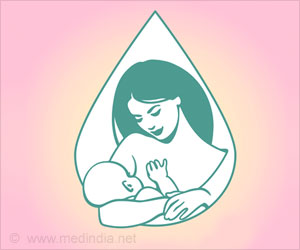Impoverished women in Orissa are battling malnutrition among children less than five years of age.
With the backing of the UN and the Indian government, impoverished women in Orissa are battling malnutrition among children less than five years of age.
Known as Positive Deviance, the programme is being run with the help of the department of women and child welfare and the department of social welfare in the state.Statistics show malnutrition is a major problem in the tribal areas of Orissa. It is particularly severe among children under three years of age, reports Grassroots Features.
In Koraput district, 28.8 percent of children in this age group weigh about 2.5 kg only. About 60.3 percent of new borns have a low birth weight and 49.4 percent infants (0-5 years) are found moderately anaemic. Both maternal mortality and infant mortality rates are also pretty high.
According to a survey conducted by a local NGO, 90 percent of the girls in this area marry at an early age (between 10 to 14) and get pregnant soon after. This is one of the causes for their poor health as well as that of their children.
Secondly, a majority of the tribals live below the poverty line and most of the mothers work as wage labourers, leaving their young children under the care of their siblings.
The programme was called Positive Deviance because it looks at the positive side of an otherwise grim picture. It focuses on the inherent strengths of the community and draws from the untapped resources available within it.
Advertisement
Mothers with undernourished children follow this regime for 12 days a month. For the rest of the month, caregivers monitor the feeding practices at home and record the progress. Every month the malnourished child is weighed. A weight gain of 100-600 grams is a great moral booster for the mothers.
The whole village is mapped and charts are drawn to indicate the nutritional status of each child as well as the village. The maps use colour coding to the grade the child - the colour red indicates severe malnutrition, yellow moderate malnourishment and green normal.
The charts stating the health status of each child is prominently displayed at Anganwadi centres, stirring the mothers to improve the status of their children. The maps show the location of the feeding centres in the village.The rural women have received the programme with great enthusiasm.
Raibali Durua, 18, who has a malnourished child, has lost her two children due to malnutrition and her eight-month-old child was in the grade three category of malnourishment till a month back. Thanks to the programme in Hardoli village of Koraput district, Raibali's son has now come down to grade one.
Bhanu Nayak, 16, is also not worried about her one-year-old son, who belongs to the grade two category of malnutrition. "I am taking him to the Anganwadi centre, which provides him with special food," she says.
Bhanu had earlier lost one of her children due to malnutrition as she worked for long hours as a labourer and couldn't look after him properly.
Source-IANS
JAY/M





